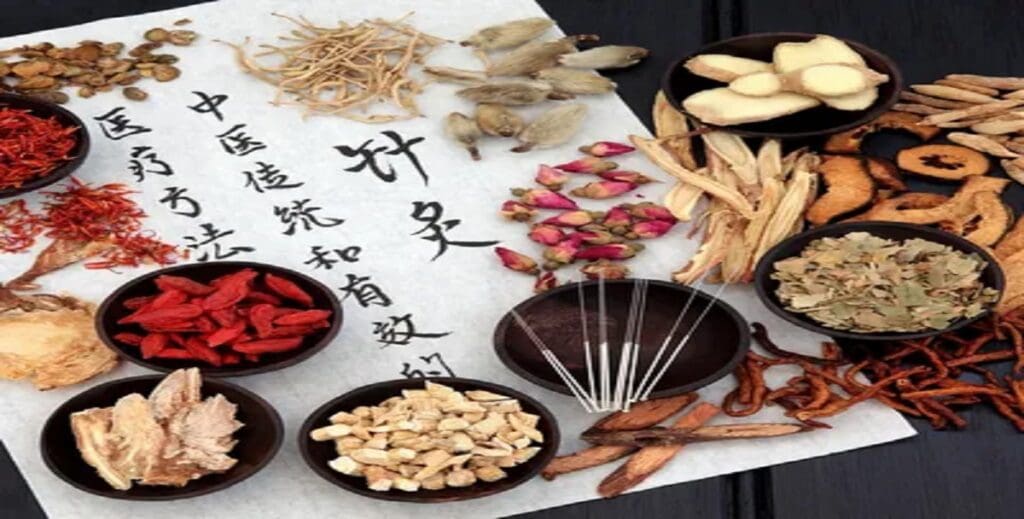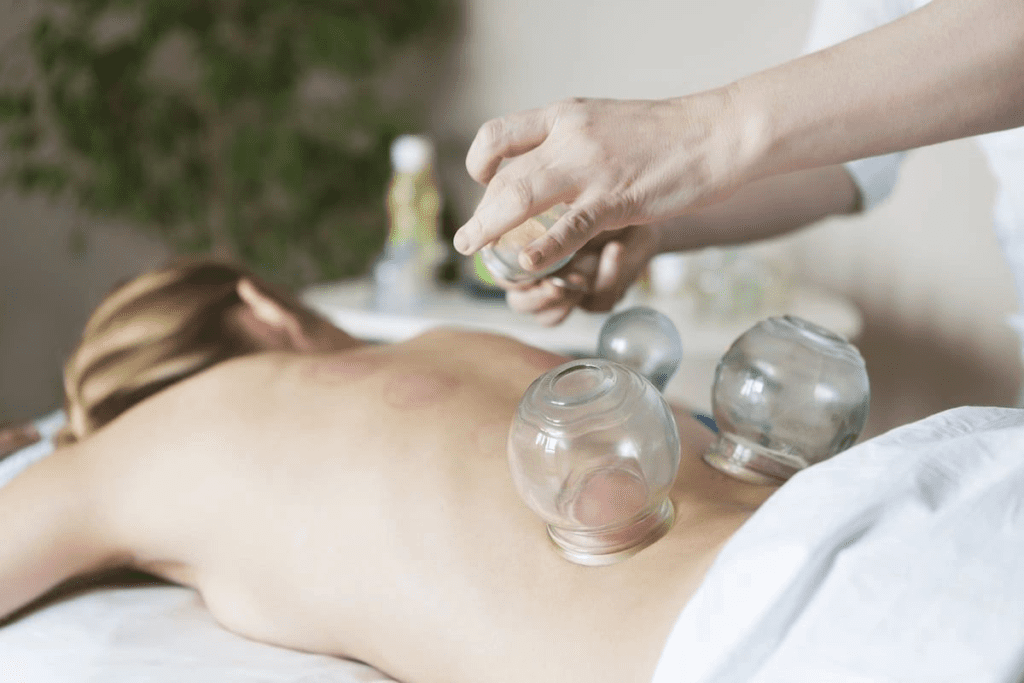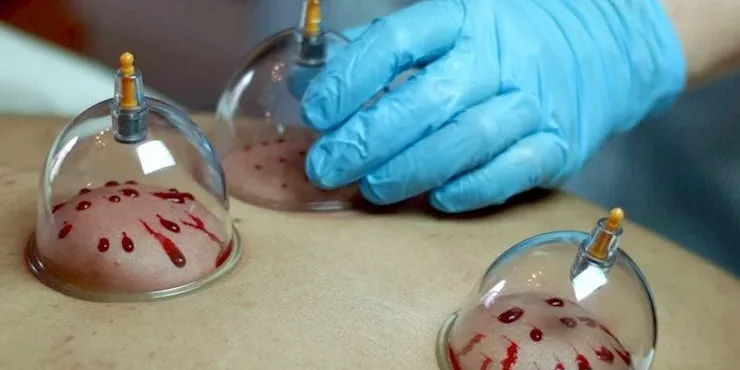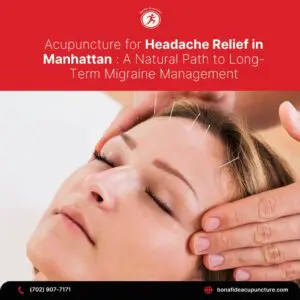The History of Acupuncture: How Acupuncture Has Evolved Over Centuries?
Acupuncture is an ancient holistic healing technique practiced for thousands of years, and now Acupuncture in Brooklyn is loved by thousands of people. It originated in China and is a critical component of Traditional Chinese Medicine (TCM).
In Acupuncture, fine, sterile needles are inserted at specific points on the body to correct energy imbalances and stimulate the body’s natural self-healing abilities. It is primarily used to treat chronic pain, fatigue, infertility, digestive issues, arthritis, anxiety, insomnia, and other conditions.
This blog explores the origins of Acupuncture and its incredible journey, transforming over centuries to become a revered therapeutic practice worldwide.
Acupuncture’s Beginnings in Ancient China
Acupuncture’s early origins trace back to China around 100 BC. But many aspects of this history are shrouded in legend and myth. According to traditional Chinese medicine theories, Acupuncture was founded by Huang Di (the Yellow Emperor).
The Yellow Emperor allegedly invented the practice after observing arrows piercing the bodies of soldiers during battle. He noticed improved energy and vitality in the areas surrounding the arrow wounds. This inspired him to research techniques for unblocking energy channels through strategic needle placement.

Acupuncture likely evolved over centuries, with many contributors who refined the practice. Archaeological evidence shows acupuncture needles made of stone and bones dating back to around 6000 BC. The earliest written record of Acupuncture is found in the Huangdi Neijing (Yellow Emperor’s Inner Canon), the revered foundational text of TCM published around 100 BC.
Japan & Korean Acupuncture: The Spread
Acupuncture diffused over the centuries from China to neighboring regions like Korea and Japan. It was the primary health system in these countries for centuries, along with herbal medicine and other healing modalities.
Japan adopted Acupuncture in the 6th century. By the 17th century, Acupuncture was taught at family-run accredited schools in Japan. Korea also fully embraced Acupuncture and featured it in their traditional medicine. Styles like Constitutional Korean Acupuncture are still practiced.
Korea and Japan cultivated distinct acupuncture techniques and traditions alongside Chinese Acupuncture. For instance, smaller and thinner needles tend to be used in Japanese styles compared to Chinese Acupuncture.
Introduction to the Western World | Acupuncture in Brooklyn
For centuries, Acupuncture remained confined to Asian countries. It was virtually unknown in the West until the 17th century.
The first written accounts of Acupuncture by Westerners appeared when Dutch doctor Willem ten Rhijne published about the practice in 1683 after living in Japan. He was followed by Engelbert Kaempfer, another Dutch physician, whose book on Japanese Acupuncture was published posthumously in 1712.
However, these early introductions to a skeptical Western audience needed to gain significant traction or persuade European doctors of Acupuncture’s merits. It remained obscured and poorly understood in the West for over two centuries.
French Interest and Influence in Acupuncture History
The 19th century it marked a turning point in Acupuncture’s popularity in the West.
France, mainly, took great interest after French priest and physician Father J. A. F. Pouro hit upon Acupuncture while serving in China in the 1830s. Upon returning to France, he published extensive works about Chinese medicine that introduced Europe to Acupuncture for the first time.
Building on early French influence, Acupuncture slowly started gaining traction across Europe by the 20th century as more research appeared and its pain relief benefits became acknowledged. The 1930s saw the establishment of some early European Acupuncture therapy clinics catering to upper-class clientele in France and Switzerland. But Acupuncture was still generally viewed as a bizarre and suspect practice in the medical mainstream.

Acceptance Following President Nixon’s China Visit
The significant shift in perceptions about Acupuncture in the West occurred in 1972 when President Nixon visited China.
At a widely publicized demonstration, a New York Times journalist underwent significant abdominal surgery in Beijing using Acupuncture as anesthesia. He reported experiencing no pain during or after the surgery, only mild euphoria.
This mind-blowing display of Acupuncture’s power made global headlines. Research groups burgeoned across US universities and hospitals within months as American doctors rushed to study TCM modalities. It sparked enormous interest in integrative approaches blending Western medicine with holistic Eastern healing arts.
Nixon’s visit proved the tipping point that finally brought Acupuncture into the mainstream after two centuries of lingering skepticism in the West. It set the stage for explosive growth in the practice.
Growth of Acupuncture in the US
Following President Nixon’s visit to China, Acupuncture experienced meteoric growth across the United States:
- The first legal certification processes for acupuncturists began in the mid-1970s in states like Nevada and Maryland.
- According to recent surveys, over 10 million Americans undergo treatment annually.
Evolution of Acupuncture Techniques
As Acupuncture spread globally, its devices and techniques continued evolving through innovation:
- Needles – The original stone and bone needles gave way to finer stainless steel or silver needles from the 17th century onwards. Disposable pre-sterilized needles appeared in the early 1900s.
- Moxibustion – Burning the herb mugwort near needles to amplify effects became part of traditional techniques. First mentioned around 100 BC, it remains in use.
- Laser Acupuncture – Applying low-intensity laser beams to acupuncture points instead of needles emerged in the 1970s and continues today.
- Acupressure – Using massage and pressure instead of needles became popular for needle-shy patients.
- Ear Seeds – Miniature beads or seeds placed on ear points evolved as a modern micro-acupuncture method.
From rudimentary bones to sophisticated electrotherapy, Acupuncture reveals a remarkable evolution while staying true to its holistic roots.

Current Practice of Acupuncture
Today, Acupuncture is an established medical discipline with systematic education for practitioners:
- More than 50 accredited teaching colleges offer Graduate degrees in Acupuncture and TCM across the US. The programs blend Eastern theories with Western medical sciences.
- Acupuncture is widely used in pain clinics, integrative health centers, private holistic medicine practices, and hospitals.
- Research has accelerated, with clinical trials confirming Acupuncture’s efficacy and physiological mechanisms. Major insurance providers cover it.
- Styles like Japanese Acupuncture, Korean Acupuncture, Five Element Acupuncture, etc., allow customized therapy based on approaches best aligned with each patient.
Acupuncture has cemented its place as a respected method of holistic healing grounded in ancient wisdom but supported by indisputable evidence-based benefits.
FAQs About Acupuncture
Where did Acupuncture originate?
Acupuncture emerged in ancient China around 100 BC, according to traditional theories, though archaeological evidence traces it back to around 6000 BC.
How did Acupuncture spread to the West?
Early accounts introduced Acupuncture to Europe in the 17th-18th century, but substantial interest arose in France in the 1830s. Acceptance grew through the 20th century, surging globally after President Nixon visited China in 1972.
What are the main styles of Acupuncture?
Major styles are Chinese Acupuncture, Japanese Acupuncture, Korean Acupuncture, Five Element acupuncture, and French energetic Acupuncture.
The Future of Acupuncture
Acupuncture’s growth seems poised to continue expanding as people increasingly seek drug-free care and pain management alternatives.
Key trends shaping Acupuncture’s future include:
- Less reliance on needles with broader adoption of micro-acupuncture techniques involving lasers, micro-currents, magnets, thermal methods, etc., that avoid needle phobia.
- Integration as a complementary therapy offered within multidisciplinary medical centers and hospitals.
- The emergence of short coursework to equip other health practitioners like physical therapists to perform essential Acupuncture alongside their primary modality competently.
- Use of apps and telemedicine to make Acupuncture more accessible.
- Refinement of sham acupuncture in clinical trials to further validate mechanisms.
- Sophisticated imaging studies explaining the brain pathways involved in Acupuncture.
- Public health initiatives to increase acupuncture access for pain management and opioid abuse reduction.
After flourishing for over 2,500 years, the healing art of Acupuncture continues to grow and attract new devotees globally. Its evolution is a compelling testament to the timeless wisdom of holistic health practices. We at Bonafide Acupuncture & Herbs are dedicated to providing the best-in-class services of Chinese herbal medicine, nutritional counseling, and Acupuncture in Brooklyn. Book your session today to get amazing results!


